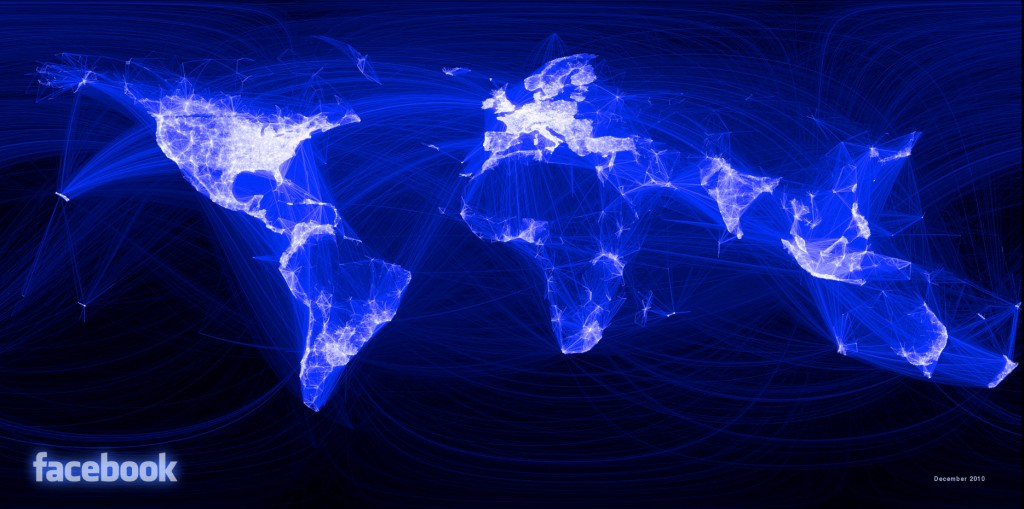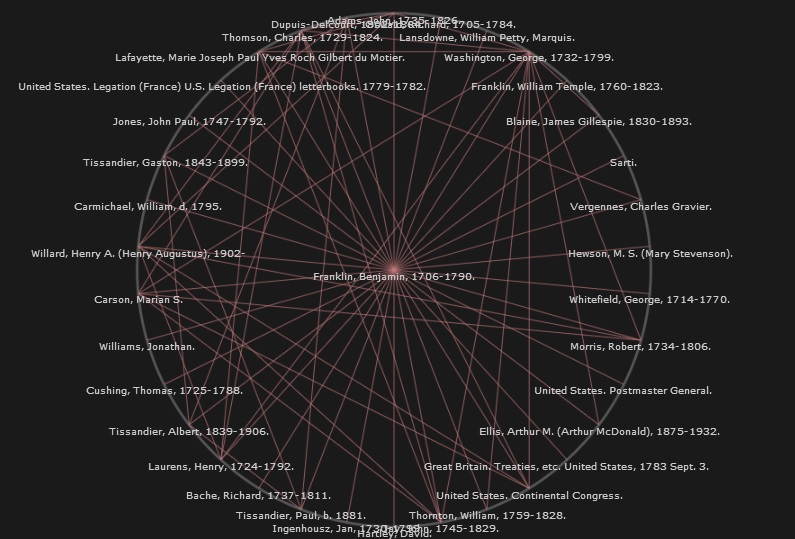Part of a monthly series of posts highlighting uncovered items of note, and the archival process brought to bear on these items, as we preserve, arrange, and describe the Roland Park Company Archives.
So there is a new concept in Archives-Land, and the implementation of it has a lot of archivists around the world pretty excited. As you will be able to tell, I am one of those excited archivists.
I’m talking about Encoded Archival Context for Corporate Bodies, Persons, and Families (usually EAC for short), but clicking on that link won’t really help explain it. This is where librarians and archivists leave the world behind and get into techy speak and jargon like “coding schemas” and “XML” and a whole bunch else. So let me try to explain.
If you look back up at that title you see “archival context.” That’s because archivists, when they think about archival collections, aren’t just thinking about one person or one company like the Roland Park Company. For example: inside this huge collection there is correspondence from hundreds of local businesses, hundreds of local residents, the personal papers of two company presidents (Edward H. Bouton and John McConkey Mowbray), which in turn include correspondence with Congressional committees, national organizations, and local politicians! So the title is the Roland Park Company Papers, but the contents and the context are much broader.
Archivists want to make those contextual relationships as “clickable” as say Wikipedia, where you’re reading about one thing and see dozens of links to other related things. We have to do it in a slightly more structured way however, for reasons that dip back into being too techy for a quick blog post.
Another way to think about it is that EAC aims to be a bit like those graphic visualizations of your Facebook friends, where you can see who knows who in the social network. This beautiful visualization went viral in 2010:
These are easy to do using pre-existing data, which is your data! Here are some more.
Our generation isn’t the first one with social networks; we’re just the first ones with computers to show them to us. What EAC will be able to do is reconstruct the social networks of history.
For you researchers out there, EAC will also allow us to show which libraries, archives, and museums have the archival resources of each of those points on the graph!
The libraries at Harvard and Yale Universities have already collaborated on Connecting the Dots: Using EAC-CPF to Reunite Samuel Johnson and His Circle, a project doing exactly this for one historic social network (and its resources).
We’re trying it, too! Stay tuned for more on how Sheridan Libraries is attempting this (which is also innovative and awesome) in EAC Part 2: A Friendly Collaboration.


